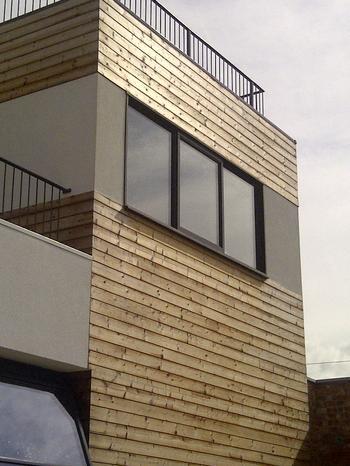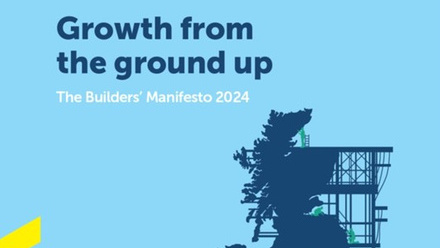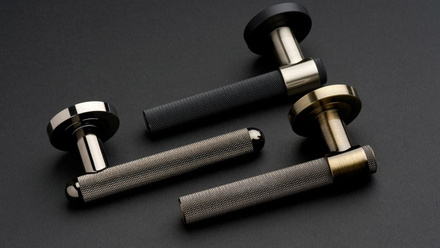
Architects’ creations often go in fashions, but there’s one fashion which, with the advance of climate change, is here to stay, and that’s the ever-increasing use of wood, internally and externally. Recent amendments to the Building Regulations confirm that, for buildings up to 18m in height, timber cladding, treated where appropriate to the species and application with a fire-retardant, is a viable and aesthetically pleasing choice for builders.
Timber cladding featured in many of the entries for the recent Wood Awards, and also amongst the winners. It satisfies the design desire of clients and customers for a more natural look, while locking away CO2 in the heart of its fibre for the lifetime of the building. From the builder’s perspective, there are a few things to double check with your architect or customer when timber cladding is being discussed.
Firstly make sure you thoroughly understand the intended method of application, as well as the wood species, its durability, and whether or not a flame-retardant treatment is needed. An example would be whether the timber cladding is to go up against a non-combustible surface such as a brick wall or whether there is any possibility of an air gap behind the cladding. An air gap could encourage the spread of fire: some cladding products permit an air gap but some don’t. You’ll find that level of detail on the Declaration of Performance (or DoP) which should be available from the builders’ or timber merchant from whom you propose ordering the cladding.
Sometimes stock gets moved around in the merchant’s yard, and fire-retardant treated timber cladding may look the same as untreated material. Ask the merchant to demonstrate that the flame-retardant treated timber cladding you’re buying has both a DoP and a CE Mark, and that the scope of the DoP covers the end use or build situation in which it will be installed. The Timber Trade Federation, in conjunction with the Wood Protection Association, has produced various fact sheets and, at the beginning of December, additional Guidance on the amended Building Regulations in relation to timber cladding. Visit either of our organisations’ websites for details.
Other wood products also carry details of any flame retardant treatments on their DoP. Some TTF member manufacturers have a range of fire retardant (FR) products in which the flame retardant treatment is applied during manufacture of the boards. With plywoods, fire retardant treatment is applied after manufacture. Details should be available via the product’s DoP and/or via the CE Mark, which essentially is a summary of the DoP. Ask your timber or builders’ merchant for advice: safety must come first, for you and for your customer.
Wood benefits not only from being a visually pleasing material but also from locking up carbon. Each new-build timber frame home using timber throughout locks up 19 tonnes of CO2. So carry on building with wood in the knowledge that you can comply with the amended Building Regulations and still use what is undoubtedly the world’s most environment-friendly, renewable, recyclable building material.





